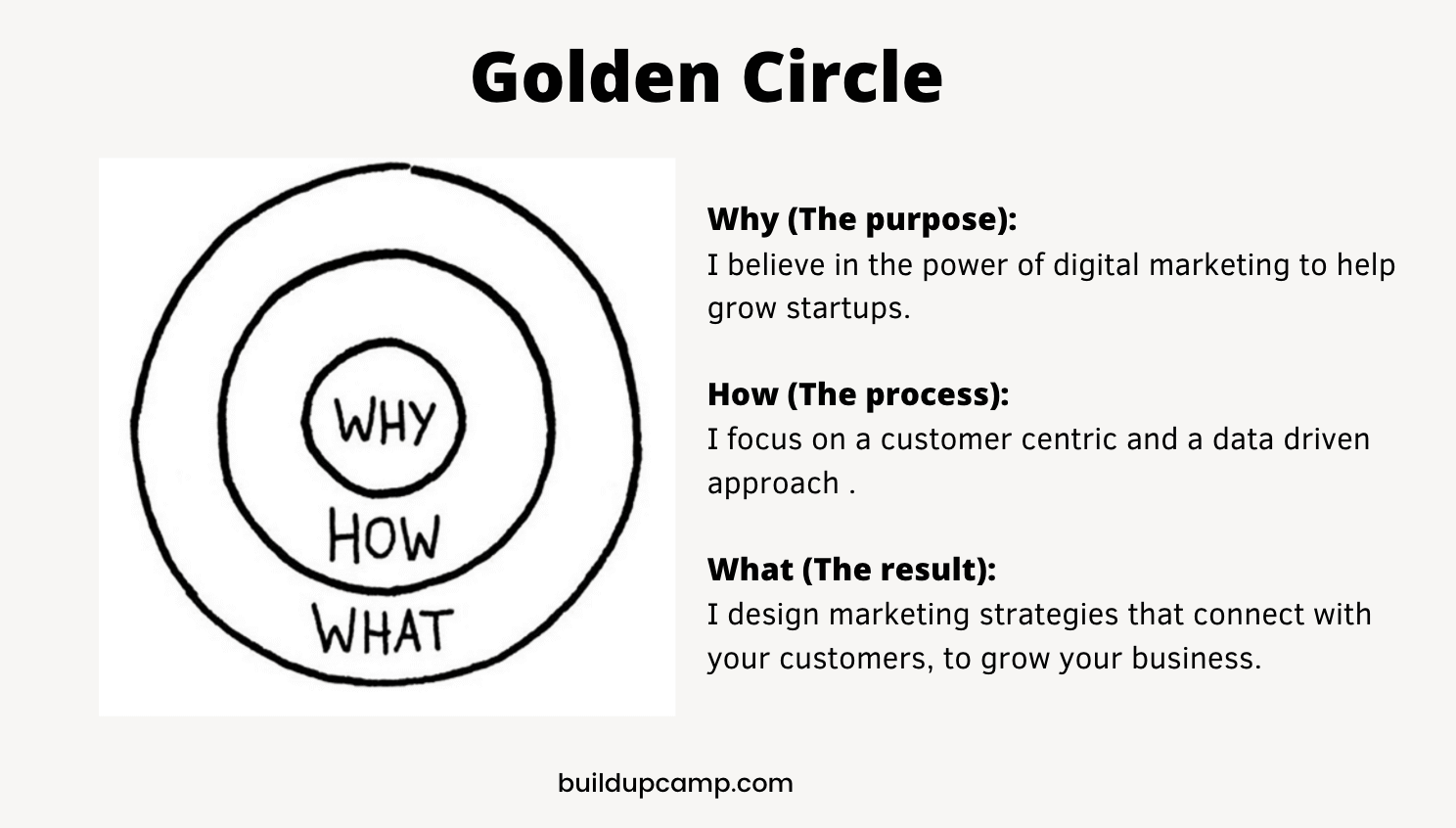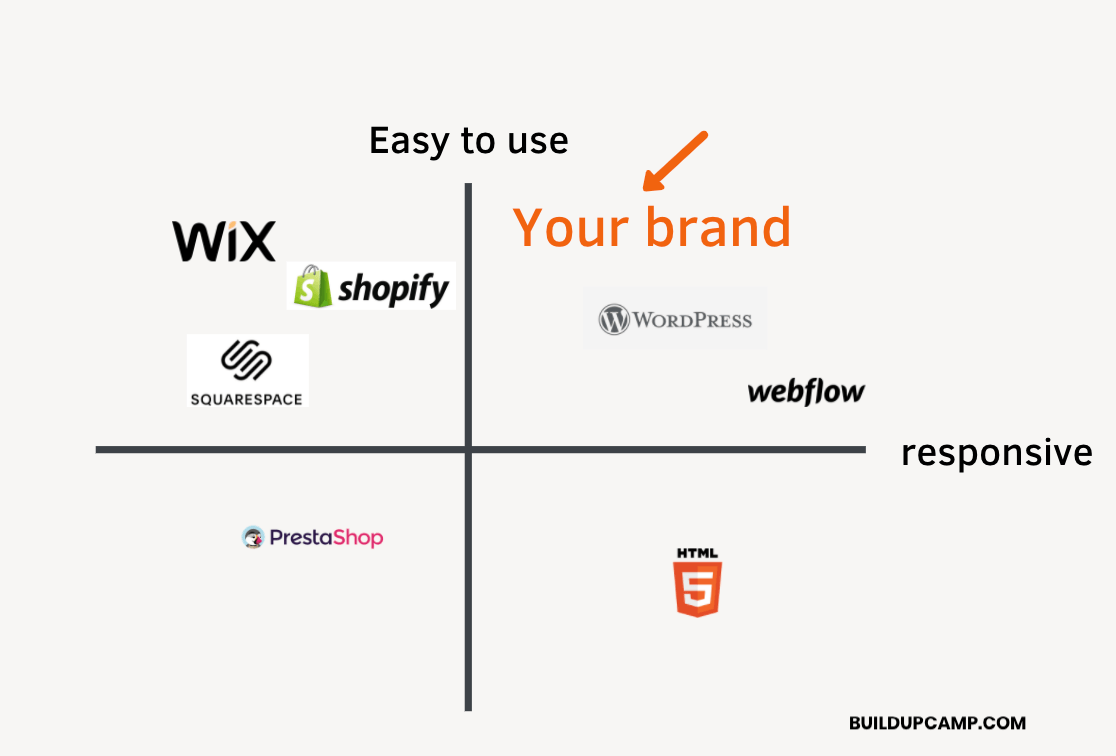How to create a killer brand that everyone loves?
Often I get asked by new startups that are trying to position themselves on the market, how they can grow, and be successful as other brands. The answer isn’t simple and straightforward, but most of the time, some startups lack the understanding of what a brand is and how to position their brand in a way that people understand and relate to.
Of course, some brands are much easier to explain than others, but the principles to build a brand that matters are almost the same.
Whether you are just getting started or have been in business for some time, in this blog, I’ll share with you 3 steps that will help you to create a killer brand that everyone can understand. But first, let’s start with a bit of context.
Digital has changed everything.
Digital has changed the relationships customers have with brands. Before, it was all about traditional marketing and expensive campaigns that took too long to produce.
Now, because of search, brands are accessible to customers 24/7. Customers now search for what they want or think they need, and if they can’t find what they are looking for, they’ll go somewhere else.
As a matter of fact, only in America in the last 30 years, the number of shopping centers has doubled compared to high schools, and in the same amount of years, the number of products offered in supermarkets has tripled.
People’s attention is very limited. You are competing against thousands of brands to get people’s attention.
Now imagine the digital world where customers can buy and get access to brands 24/7.
Customers enjoy more than ever instant connectivity to friends and brands associated around the world.
Take this example. In 1998 Google had an index of 25 million pages; by 2019, its index had grown to 130 trillion pages. According to Paul Boag, you only have 5 seconds to impress.
Customers are inundated by so many choices. That’s why now more than ever, it is crucial to have a brand that stands from the rest and make sure people understand what you do very easily.
You need to make it easy for customers to understand why your new business is unique and differentiate yourself from your competitors.
But what is really a brand? I’ve heard so often that people think they have a brand because they are selling some products and have a logo, but trust me, that’s not it.
According to Marty Neumeier, a brand isn’t:
- A brand is not a logo (trademark) or a slogan
- Is not a company’s advertising
- Is not a company’s assets
Let’s think about these brands. What is the first thing that comes to your mind when you think of Apple, Amazon, or Zara?
For me, Apple is all about creating products that are easy to use and look beautiful. Amazon is where I can buy almost anything I want, and Zara is a place to get fashionable clothing at a reasonable price.
Whether you thought the same or not, people have similar context around these brands that help them create a picture in their heads about what they do.
So, in reality, a brand is (according to Marty Neumeier):
- A customer gut feeling about a product, service, or company
- It’s a company’s effort to build lasting value by delighting customers
If a brand promises more than it can deliver, this brand will suffer, which eventually will lead to:
Fewer people buying, fewer products at a lower price
This happened to Colgate some time ago. They acquired a frozen food company, and instead of changing the branding, they used the same concept for this new product. People didn’t understand what they were trying to do, and it was a big failure.
Even world-class brands positioned poorly can absolutely fail. Weak branding damages all your marketing/sales efforts.
Bad signs of poor branding in a startup:
- You can’t find new customers to buy from you
- People can’t understand what you do or can’t relate to your product/startup
- You have long sales cycles and can’t close customers faster
- You are under price pressure
- You are losing customers because they don’t see value in what you offer
When people are trying to understand your brand, they look for context. They try to find everything that helps them understand better what your brand is about. That’s why you need to make it easy for your target customers to understand your startup strengths so you can generate more customers.
I’ll share with you 3 steps to start creating a killer brand that everyone can understand and love
- Define your purpose so you can easily explain what you do.
- Determine your values, so you understand what to stand up for as a brand (even if you’re just getting started with your business).
- Analyze how you compare your brand against other competitors.
Step #1
Start by defining your purpose so you can easily explain what you do. Most startups I know always refer to what they do, how they build amazing products (that most people don’t care about), and how they are the best without actually being.
As a brand, you need to be aware of what you are working on and why it is relevant to your audience. Otherwise, you’ll end up talking about things that people don’t care about or can’t understand.
To easily explain your purpose, we’ll be using the Golden Circle by Simon Sinek.
First, take 5 minutes and try to answer these questions (in the same order as they appear below):
Why (The purpose):
What is your cause? What do you believe in?
How (The process):
Specific actions taken to realize the why.
What (The result):
What do you do? / What do you offer?
Here’s an example if you need some guidance:
Why (The purpose):
I believe in the power of digital marketing to help grow entrepreneurs and startups.
How (The process):
I focus on a customer-centric and data-driven approach.
What (The result):
I design marketing strategies that connect with your customers so you can grow your business.

Limit your purpose sentence to 14 words or less (otherwise, people may not understand it).
Step #2
Determine your values, so you understand what to stand up for as a brand. Values are great to have clear because they are differentiators of what you do.
If you still don’t know which values to pick, I’m sharing a list of values you can choose so you can tell people what you really stand as a brand. Try to limit your choices to 3-5 values and share them where you can.
- Honesty
- Integrity
- Sustainable
- Affordable
- Luxury
- Data-driven
- Service
- Simple
- Trusted
- Reliable
- Accessible
These are my top 5 values:
- Professionalism
- Integrity
- Trust
- Creativity
- Data-driven
Step #3
Analyze how you compare your brand against other competitors. As a brand, you need to stand for something, not everything; otherwise, people will find it hard to relate and create that context or gut feeling, and you will end up losing customers that can go to your competitors in seconds as they don’t understand what you do.
The method? Draw a simple XY grid. This is a method that Seth Godin explains in his book: This is marketing (highly recommended).
For this example, I’m comparing my fake website builder company to other website builders. I’m using two characteristics, which are the ones I’ll like people to recognize me for.
- Write down a list of every available alternative that you can think of.
- Choose 2 characteristics that people care about your brand. (It could be something like convenience, price, healthfulness, performance, or skill level).
- Put the list of alternatives your customer has (including your brand) on this chart.

This matrix will help you clarify which other options are out there and which ones will be more interesting to your customer depending on their pains and needs.
Finally….
Digitalization has changed the way customers engage and interact with brands. People now have many options to choose from, and if you don’t differentiate your startup from the early days, and make it easy for people to understand what you do, you’ll lose customers, which might cost you a lot.
These 3 simple but powerful steps can help you start creating a killer brand that everyone can understand, so next time you can tell with pride what you do, why you’re doing it, and how you are unique from the rest.
We can help you make your startup differentiate from the rest with validation so that you can start engaging with the people that care the most about you.






